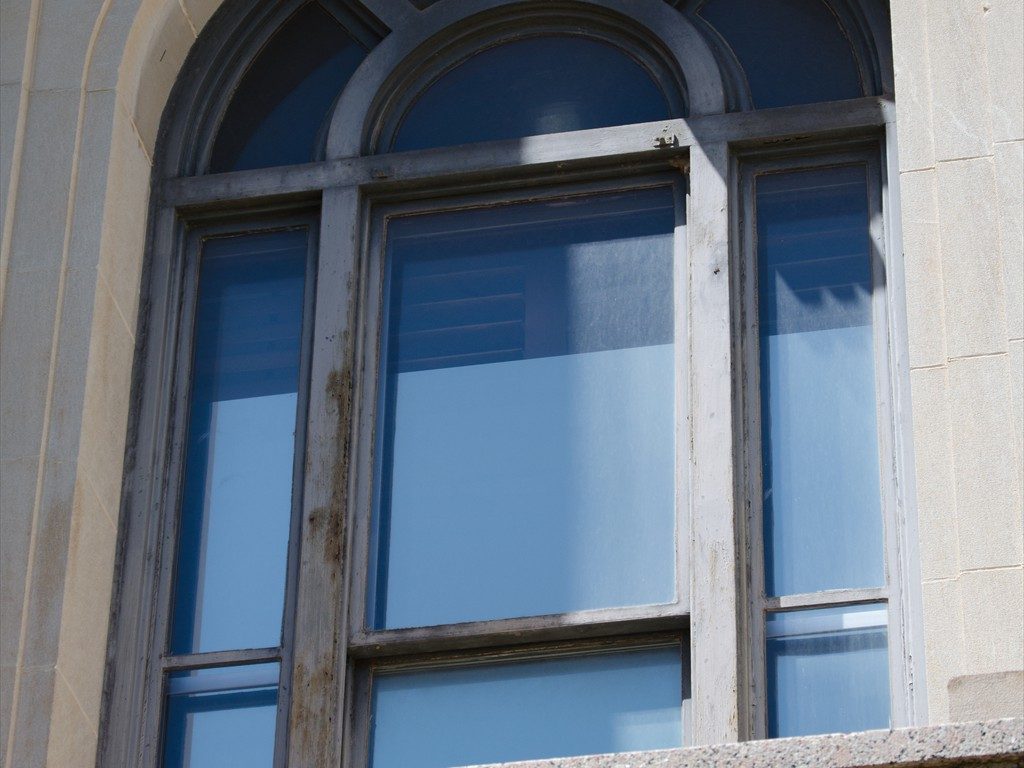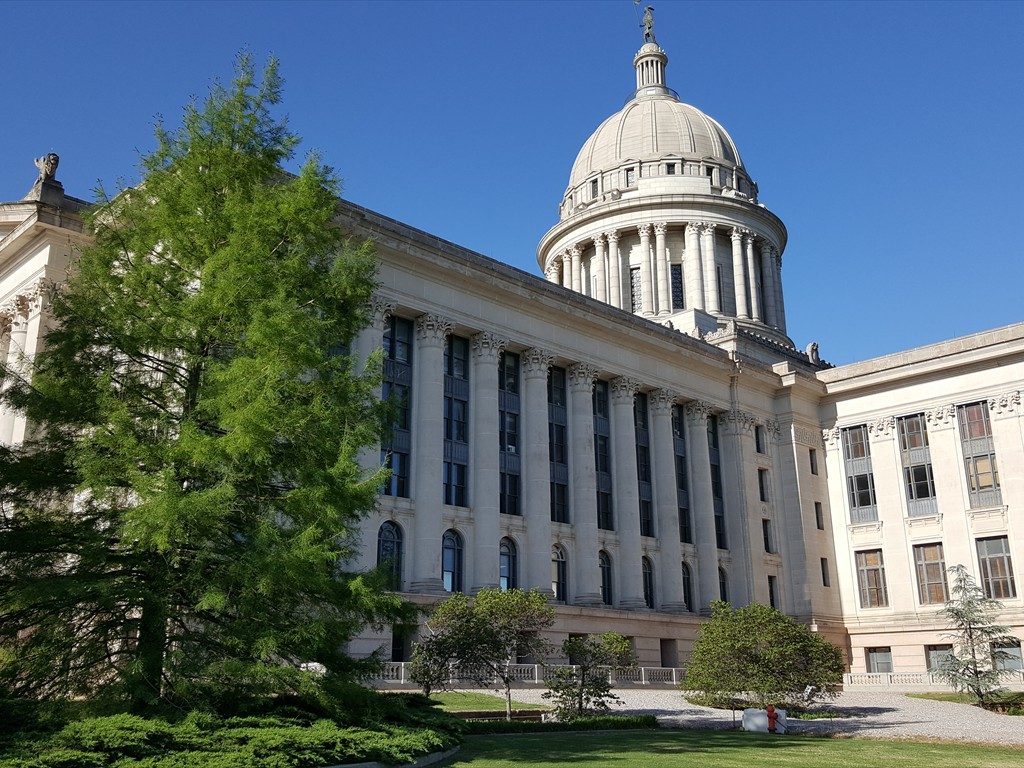Re-View was selected to restore the steel windows on this National Register of Historic Places building. There are over 500 steel window openings on the structure, including decorative panels and custom cast moldings.
The Re-View field craftsmen removed the sash, marked them to the opening, and shipped them back to our window restoration plant. After all of the finishes were removed from the frames, we had a testing company conduct ultrasound testing on the frames to determine deteriorated sections of the frame that could not be seen from the exterior. We cut out sections of the frame where the material was corroded beyond a specified amount. Our crew then welded in replica steel frame parts to reconstruct the frame. After the frame was restored, custom color finishes were applied.
A great deal of effort was taken in finishing the steel windows. A great deal of research went into determine the best primer, intermediate coat, and finish coat of paint for the steel. In addition to using the finest finishes available, Re-View followed a strict methodology for surface preparation so the finish adhesion would be optimized.
The sash were baked in a high temperature oven to remove all finishes. Our craftsmen then made repairs by using a combination of restoration epoxies and welding steel replacement components. We applied finishes to all surfaces of the sash to protect even unexposed areas. New Low E laminated glass was glazed into the sash with a new interior glass stop. This glass will provide excellent improvements to prevent solar heat gain into the building and will also improve the sound transmission of the windows.
In an effort to upgrade the thermal value of the window, Re-View manufactured custom aluminum storm windows to be set on the interior of each window opening. These units are attached with a magnetic strip so access to cleaning is more convenient. The storm windows also were glazed with laminated glass and had a custom color Kynar finish to match the windows so they are virtually invisible.
Our field crew installed the restored sash into their respective openings. New sealants were applied to the perimeter and all metal intersections from sash to frame and frame to trim. We tested every window opening after the installation for water intrusion as a quality control measure to assure a weather tight fit.
This project serves as an excellent example of Re-View’s ability to manage a major steel window restoration project.
History of the Oklahoma State Capitol
The Oklahoma State Capitol in Oklahoma City, Oklahoma was completed in 1917 and is the only state capitol grounds featuring active oil rigs. The exterior features Indiana limestone and Oklahoma granite and spectacular steel windows.





